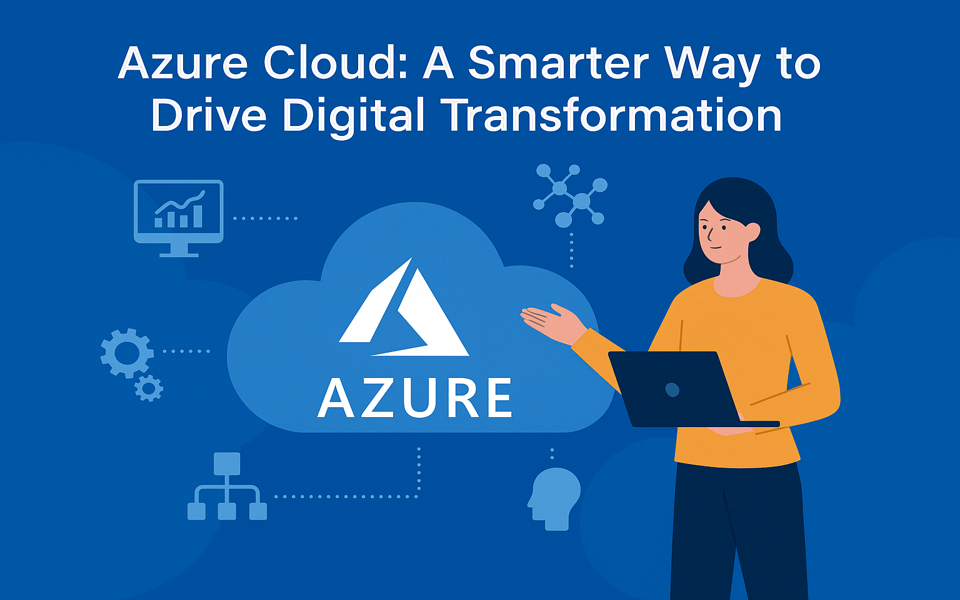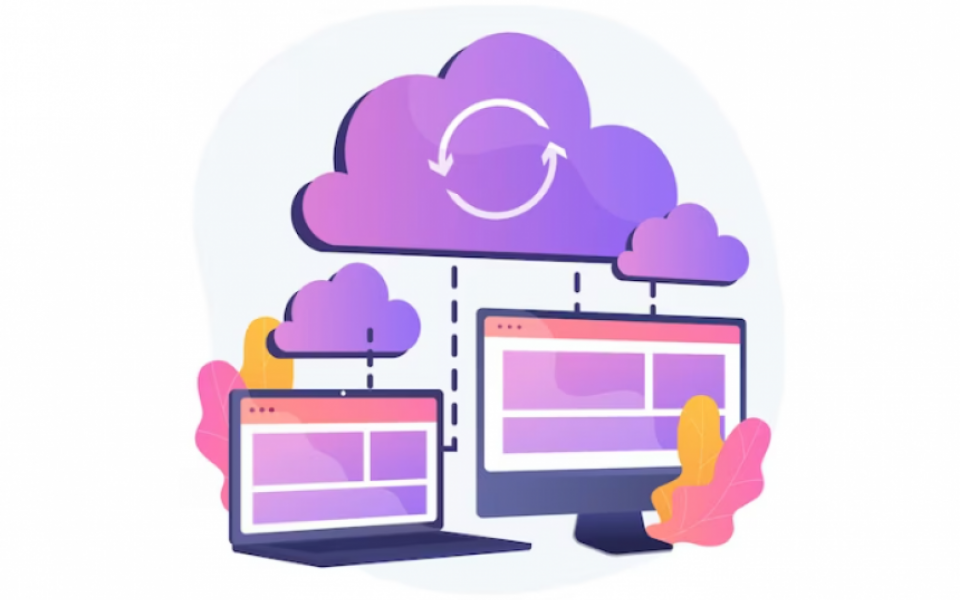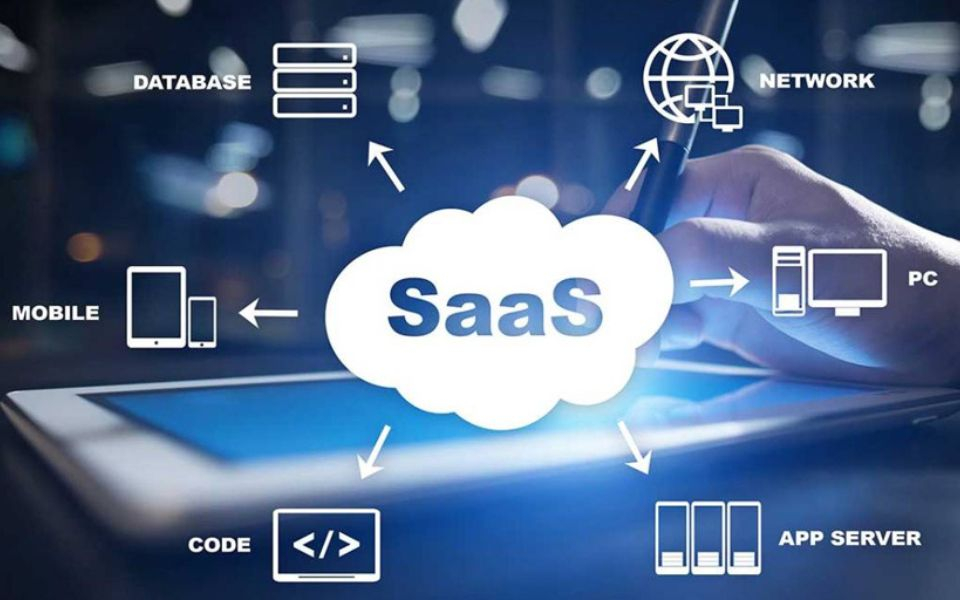Cloud and migrating to the cloud have been hot topics for almost a decade. Improved business efficiency and performance are prime reasons that have fuelled the shift to the cloud. A Gartner report predicts that by 2025, cloud-native platforms will host more than 95% of new digital workloads, up from just 30% in 2021. In the earlier days, one common aspect that was often side-tracked in all the rush to join the cloud race was cost. However, now the scenario has changed; cloud migration cost-benefit analysis has shifted the focus on business and IT leaders to migrate quickly and, at the same time, manage the cost-effectiveness.
Cloud migration cost breakdown and cloud migration profitability studies paint a clear picture of the benefits of cloud adoption, but it takes diligent effort to migrate within planned budgets. Small mistakes and overlooking certain areas can cause organizations to overshoot their budget. Some errors may seem minute but can turn into blunders that potentially cause huge losses. In this blog, let's discuss some areas to keep an eye on while moving to the cloud.
What causes budgets to inflate during cloud migration?
Migration has inherent advantages; however, negligence toward certain aspects and lack of strategy can lead to a bloated budget. Here are ten areas to consider when migrating to the cloud to ensure you don't overrun your budgets during the migration journey.
- The wrong partner
Find someone who can actually do the job. It's a no-brainer. Still, multiple organizations tend to cut corners and choose a partner based on familiarity or costs. Often, prices are directly proportional to the quality of the services. Low pricing doesn't necessarily mean a cost-efficient choice. Lack of skills, expertise, and experience in secure cloud migration can result in costly issues during or after migration. It is good practice to opt for someone who knows their business and does it well. Another way organizations look to economize their cloud spending is to award the migration job to internal IT teams. Keep in mind that the chances of mistakes and rework can multiply the time and, in turn, the overall cost.
- Rushed assessments
Every application has different requirements and can react differently to migration and migrated environments. Assessment is crucial to understanding applications' behaviour in new environments. It helps teams evaluate options and find the right fit for requirements, understand dependencies, time required, approach to take, and the potential cost they could incur. Failing to conduct thorough application assessments or rushing through the assessment phase can be costly. It is one of the most common reasons for failed migrations. To overcome this issue, not only ask your migration partner for estimates but also assess the technical dependencies thoroughly.
- Inadequate landing zone design
The landing zone refers to the destination cloud environment. Not stressing enough about the landing zone design means setting yourself up for failure. For starters, a weak architecture exposes itself to vulnerabilities and security & compliance issues, leading to increased, costly attacks. A good landing zone design must include virtual private cloud (VPC) networking, solid role-based access control (RBAC), security & configuration management, and robust infrastructure for monitoring. It must have adequate provisions to handle future workloads and be able to quickly scale up and down as necessary.
- Dependency bottlenecks
Time is money; the longer it takes to migrate, the more money you spend. Failing to understand interdependencies between systems can lead to network performance issues, an incorrect grouping of applications and failure to discover possible bottlenecks. This delays the overall migration process, making organizations lose vital time and money simultaneously.
- Failing to identify indirect costs
Direct costs are comparatively easier to identify than indirect ones. The indirect ones make a difference because they are situational and vary depending on circumstances. Not being able to identify and account for them makes budgets go for a toss. These transformational costs include the cost of reskilling and upskilling existing teams, changes to the organizational structure, the cost of matching market-level salaries for new hires for cloud roles, changes to operational procedures, and the cost of adopting company-wide agile DevOps practices. Other costs include unused software licenses, the cost of an unskilled workforce, productivity losses during migration, unwanted hardware, and vacated facilities. These costs are unavoidable and must be accounted for before the migration begins.
- Over-provisioning and under-provisioning resources
Though business understand the importance of the cloud and the benefits it brings, they often fail to estimate the size of the cloud, lead to a deficit in efficiency. Rushing into cloud adoption without a proper plan leads to two scenarios – over-provisioning and under-provisioning. Over-provisioning happens when businesses adopt a cloud that is larger than their needs. Oversized clouds waste resources, and organizations end up paying for more than what is necessary. Over-provisioning is a common mistake among organizations that get the estimation part wrong, ultimately leaving resources idle.
On the other hand, lack of evaluation can also lead to underestimation, where the cloud space becomes insufficient to move all applications. Users immediately face latency issues and are forced to switch to a firefighting mode to acquire additional cloud space and keep their systems from performing poorly. A thorough assessment and monitoring mechanism is a perfect solution to escape both scenarios. The use of pay-as-you-go models can also save you from unnecessary expenses. Get your cloud space predictions right with a thorough assessment and save on unnecessary spending.
- Moving unnecessary applications and redundant data to the cloud
The cloud is undoubtedly exciting, and businesses can get carried away with its multiple benefits. But one of cloud migration's biggest concerns is moving unnecessary, stale, and historical data to the cloud. A lot of organizations tend to migrate everything in one go. Businesses should keep an eye on resource consumption to ensure they're not paying for redundant data and storage because not all applications are suitable for the cloud. It always makes sense to move only what is required. Moving absolutely everything is a bad tactic. Some legacy applications are a terrible fit for the cloud and may not perform the same way as they do on-premises.
- Lift and shift
While lift and shift is an easy, cheap, and fast approach to move applications to the cloud or migrate from one cloud to the other, it certainly has some pitfalls. For starters, organizations will not see the profits of a true cloud platform, and rehosting will cost more in future if the applications are not cloud-native. Not all applications are suitable for lift and shift migration, and many of them are too complex. This gives rise to performance issues due to changed software architecture, undetected bugs, and monitoring & security issues. Conducting a detailed analysis of which applications need to be modified and which can be blindly migrated helps save future costs. The initial investment may be necessary to rewrite applications to make them cloud-native, but it will be worth the effort. Overlooking the costs of modernizing and replacing critical applications to make them suitable for the cloud will result in higher operational costs after a certain period.
- Overlooking security
This can't be stressed enough, but security plays a significant role in avoiding cost overruns during cloud migration. Organizations must focus on ensuring that the application, data, processes, and environments are bolstered with the proper security measures before, during, and after migration. Accessing vulnerabilities and ensuring security measures are in place before the actual migration starts should be a default practice. Avoiding breaches before they occur can save enormous costs for the organization. Ensure that complete security protocols are followed. You'd rather spend time and money fortifying your systems throughout your migration journey than facing data and money losses. Access control is one of the critical aspects. Organizations should limit access to sensitive and classified information to avoid exposing data to unauthorized personnel. Data and application security is most vulnerable to external attacks during migration. Ensuring security measures are appropriately applied before migration mitigates the risk of data loss and ransomware attacks. Always follow the governance, security, and standard compliances. E.g. If you are working with clients from healthcare domain, failing to comply with the Health Insurance Portability and Accountability Act (HIPAA) may drag you into legal battles where you can face hefty fines and adverse financial consequences.
- Vendor lock-in
Organizations these days use cloud services from multiple vendors. They choose the best option that each provider provides and build their cloud environment based on a multi-cloud approach. This is a great strategy to avoid vendor lock-in. Multi-cloud helps organizations steer clear of getting stuck with only one provider. Not being dependent on a single vendor is advantageous because it limits the risks of financial constraints of a single provider.
What next after migrating?
Any cloud environment needs nurturing. Having a migration goal is easy, but its execution and maintenance are complex. Constant monitoring is the key to keeping systems up and running. Monitor and assess the performance of your environment, ensure security, compliance, and governance policies are followed thoroughly, and constantly update monitoring tools to get the best out of your cloud. Consider maintenance budgets during the planning phase to ensure you have allocated enough resources to upkeep your cloud systems.

































